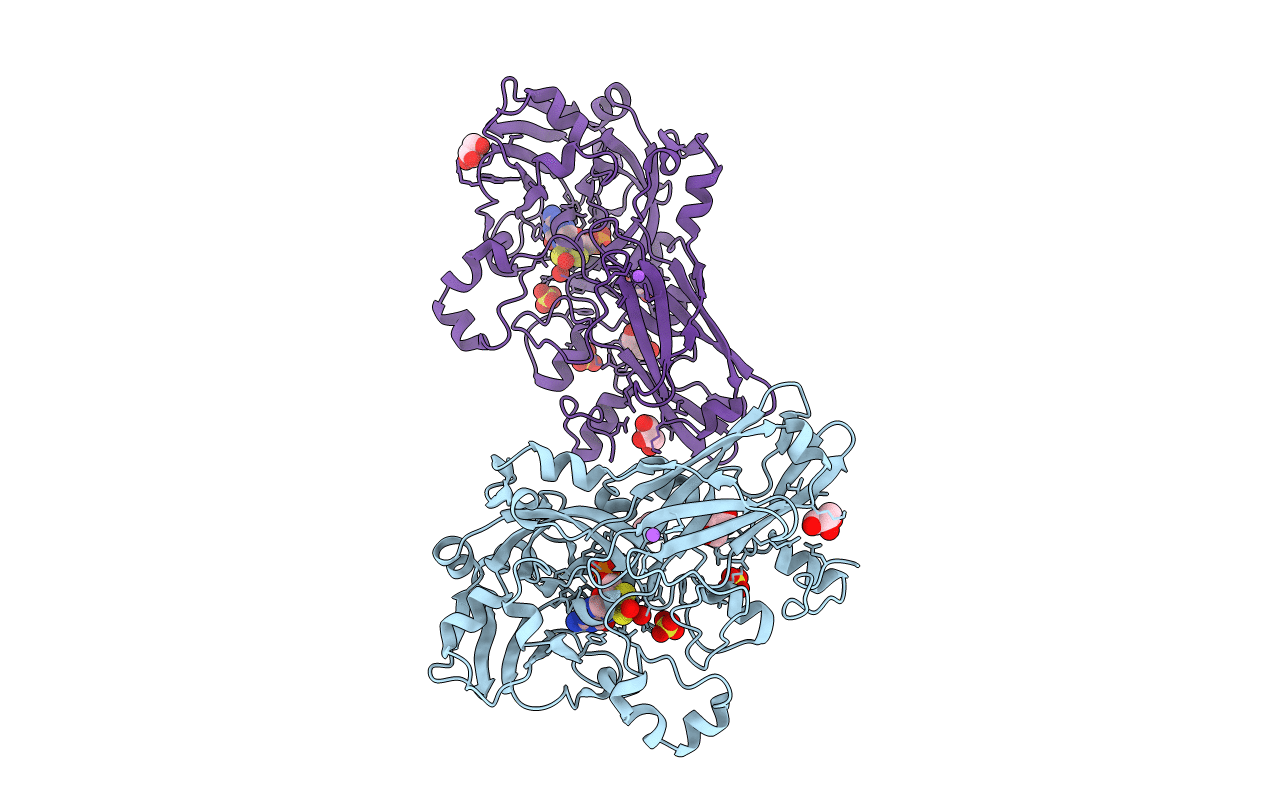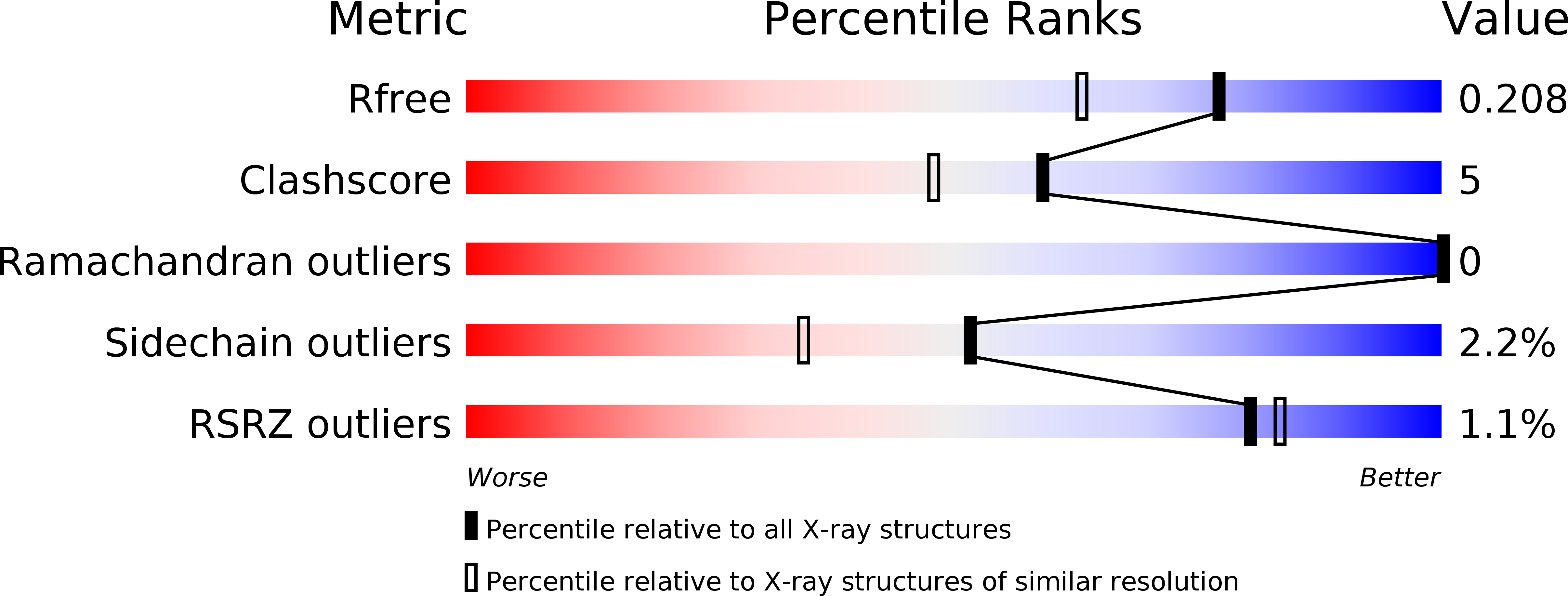
Deposition Date
2005-01-21
Release Date
2005-03-30
Last Version Date
2023-12-13
Entry Detail
PDB ID:
2BII
Keywords:
Title:
crystal structure of nitrate-reducing fragment of assimilatory nitrate reductase from Pichia angusta
Biological Source:
Source Organism:
PICHIA ANGUSTA (Taxon ID: 4905)
Host Organism:
Method Details:
Experimental Method:
Resolution:
1.70 Å
R-Value Free:
0.21
R-Value Work:
0.18
R-Value Observed:
0.18
Space Group:
C 2 2 21


